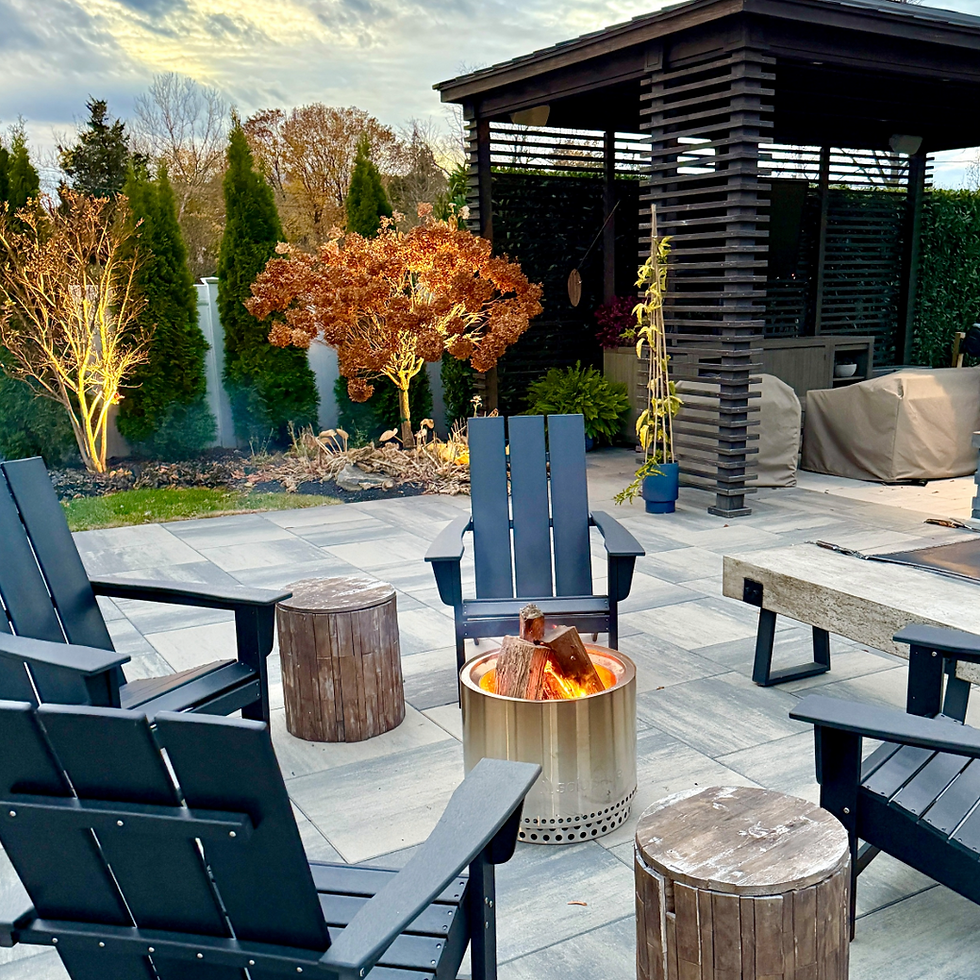Berries!
- Rebekah
- Mar 27, 2014
- 3 min read
Updated: Jan 22, 2020
Be ready for your mouth to water. Today’s post is on berries. Blueberries. Raspberries. Blackberries. Oh yum, what a fun post to write and fun topic to talk about together! Be ready for some helpful tips, valuable information, and maybe a rumble or two from your belly (!). Let’s dive in!
It is not too early to be thinking about this summer’s crop of juicy, flavorful berries. At Riverbend, we have our berry bushes out for sale in our greenhouse and many customers have been “oohing and ahhing” and picking up a few varieties in great anticipation for a wonderful abundance of fruit this summer. As you will see in some of the pics, our berries are beginning to have their blooms on them! Exciting stuff when you love fruits and veggies coming from your own garden.

Berries are not that difficult to grow at all. Even if you think you cannot keep your flowers blooming, I bet you could grow berries. Blueberries, raspberries, and blackberries all benefit GREATLY from being cross pollinated. What I mean by that is, to have bushel basket/s full of berries in a few years, you will want to buy two different varieties of the same berry, so two blueberry bushes- each a different variety, or two blackberry bushes- each a different variety. Plant the blueberry bushes next to each other, and they will naturally cross pollinate (with the help of bees) and your crop will be much more bountiful than it would have ever dreamed of being without two to cross pollinate. It is pretty essential to buy two varieties, and if you have a berry bush that isn’t producing much, it may be because it has nothing to cross pollinate with.
I’m sure many nurseries sell different varieties. At Riverbend, we sell quite a few options. For blueberries, we have ‘Sunshine Blue’ (that I have heard is a very flavorful blueberry!) ‘Tifblue’, and ‘Top Hat’, just to name a few. We also have many types of blackberry and raspberry bushes (and grape vines! But that’s another post for another day!).
If you are thinking about giving berries a try in your backyard, know that they like full sun! The sunnier the better for these guys. Berry bushes are pretty to look at (as you can see in these pics!). It would be totally fine to plant them in the same bed as your sun-lovin’ Nandinas, for example. They can blend well into an existing gardening bed. Don’t think that you have to build a raised garden bed for these guys, it can be much simpler than that.

As always, be prepared to water your bushes (or any shrub or tree that you have recently planted) regularly when we have the hot, humid, dry summer in middle Tennessee that we often have. The first year the bush will be establishing its roots mostly, so your crop may not be huge this year, but it should increase by the next crop season.
Ideally, berry bushes should be planted in spring.
When picking your berries, wait a few days after you see them to pick them. They should fall right off into your hand when you go to pick them; that’s an easy way to tell that they are ripe enough (and so full of amazing flavor!).

This is not an exhaustive post about berry bushes by any means; there is a good chance that the soil where you plant your bushes could use some amending (ask us or if we aren’t local to you, ask your local nursery for specifics about that). I hope this post provides you with some basic, helpful information to get you started if you are thinking about adding a few of these berry- makers to your own yard! It is a very rewarding experience to grow some of your own food, so even if you have never grown your own tomatoes (for example), don’t let that deter you from trying to grow some fruit- bearing bushes that will produce for years down the road. What questions do you have?



